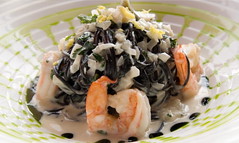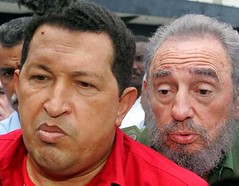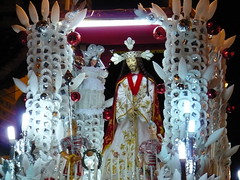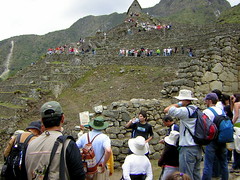Ollantaytambo: A living breathing Inca town
This pretty little town in the Andes is different from all the others. It may be set among beautiful mountainous scenery like all the others, be populated by indigenous locals going about their daily business like all the others, be pleasantly quiet like all the others and be surrounded by ancient ruins like all the others, but this town is different. Founded by the Inca Pachacutec in the mid-15th century, it’s still here, soon to be 600 years later. Not only is Ollantaytambo surrounded by ruins, the town is a ruin in itself. Since Pachacutec founded the city as a retreat, the Incas and the descendants of the Incas have been living in the same houses accessed by the same ancient streets. To step into Ollantaytambo is to step into a living breathing Inca town.
Other Ollantaytambo posts:
Ollantaytambo: A living breathing Inca town
Transport someone who lived in Ollantaytambo in the early 1500s to the present and they would recognise much of what is still here today; the same streets and the same huge stones that form the buildings that line them. Some Inca buildings may have been modified and now look colonial – at least above the first couple of metres, there may also be strange new businesses tending to strange foreign visitors and they may also be a church on the other side of the river, but everything else remains little changed.
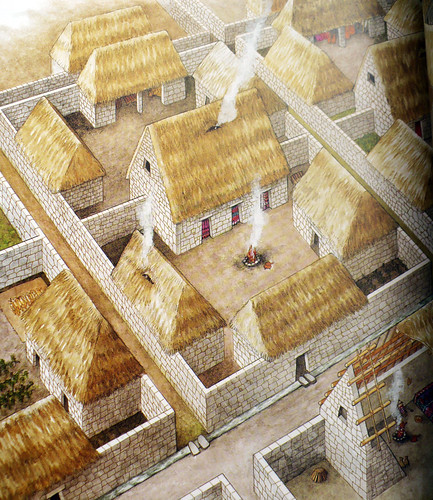
Inca "canchas" at Ollantaytambo
Inherited from the Wari, the Incas used the “cancha” urban pattern to organise the town of Ollantaytambo. This was the street and building layout they used in all flat areas that they built upon, including Cusco were small parts of it can still be seen.
The “cancha” layout was simple. Streets were arranged in a mostly grid pattern and lined with “canchas” – or blocks, not too dissimilar from modern city blocks but on a much smaller scale. Each square block would often contain four buildings, longer than deeper and with only one room, which together enclosed an open communal area.
Some were lived in, others were used for storage, some as work spaces, perhaps even some were used for trade. It is assumed that residential canchas and the four or so rooms in them would be shared by extended family, but this might not always have been the case.
The city was divided in two by the Patacancha river that feeds into the Urubamba just a short walk away. On the western side are the huge terraces and the ceremonial centres… the ruins that visitors come to see. On the eastern side of the river is and was the residential part of the city, still in use by today’s inhabitants.
On the central eastern edge of the city, reached by following Calle Laris and its fast flowing water channel, was once the large Inca town square. This was built over in colonial times, and a new plaza was formed, the one you see today, just outside the southern edge of the city.
The more south-east you explore in the city, the side next to the river, the finer the construction is. Along the river, on Calle Pata, are houses with large beautiful fitted bricks forming Inca doorways. These, of course, still very much in use today.
Explore
Don’t miss out on exploring this town. Inca-built streets lead to lived-in ruins, from which indigenous locals in typical dress leave and enter, carrying out their errands as they always have. Water flows down the old irrigation channels that still work after all these centuries, and from which today’s residents still receive their water. The smells of lunch – traditional Andean broths and stews – waft out of open doors and down the streets as school children run and skip on their way home.
Tags: incas, ollantaytambo, pachacutec, ruins, urubamba



